But First...Spring!
We've been getting the typical March warm-up: Days in the sixties, then a string of days where it stays in the forties (that's degrees Fahrenheit). We've had blizzards in April, so the only sure way to avoid the cold is to not put out any frost-sensitive plants until after Memorial Day weekend. That means my indoor plants are going to stay that way until late May.
Native perennials, on the other hand, follow their own schedule. I already have some things popping up:
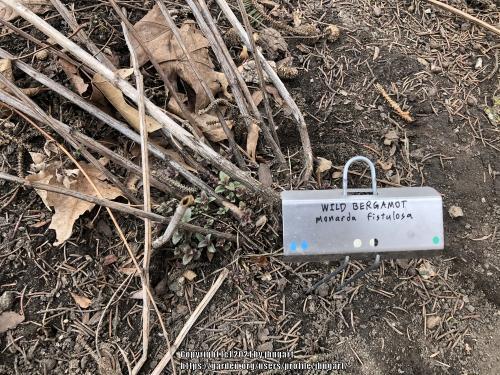
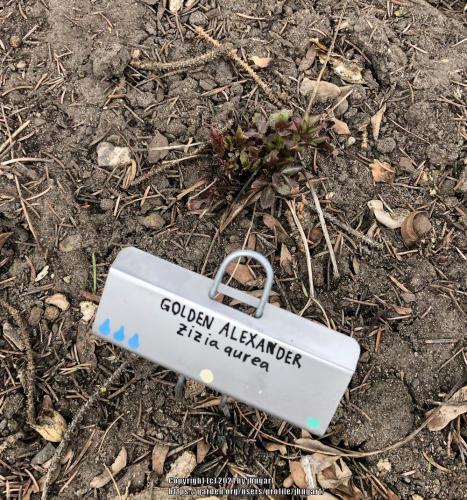
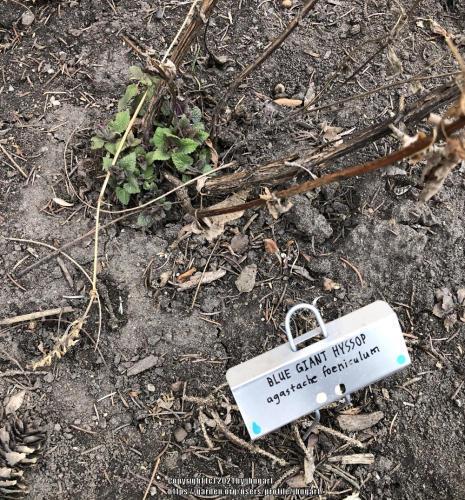
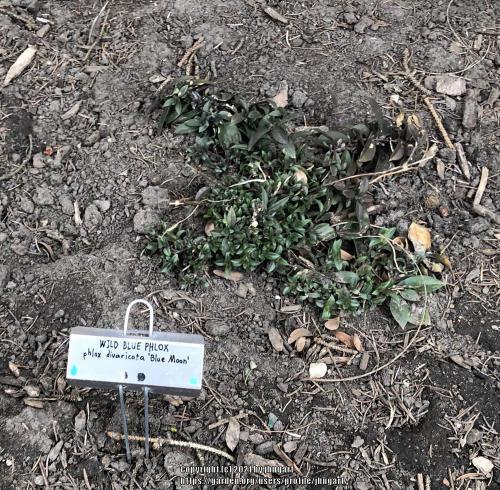
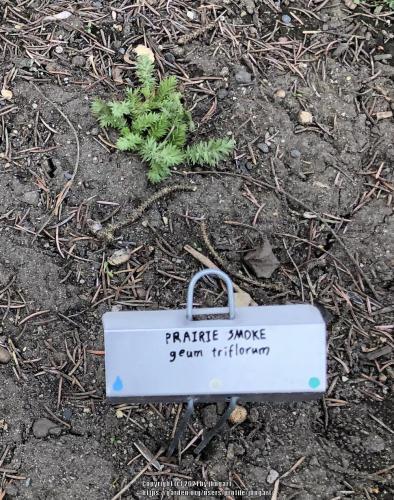
And the wildlife is notable. We had a male House Sparrow building a nest in a box we have (he has not returned for some time, though):
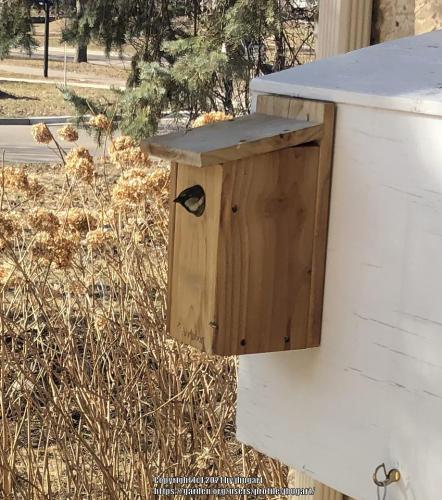
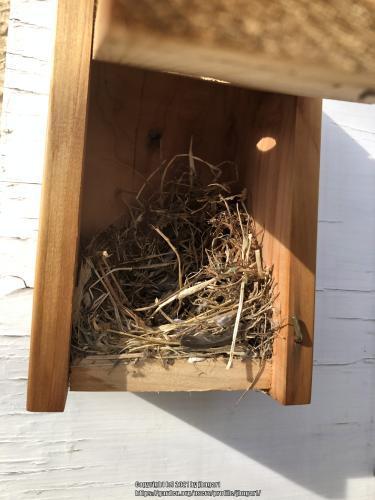
And the Mallard ducks have shown up again, though we've had some earlier this year:
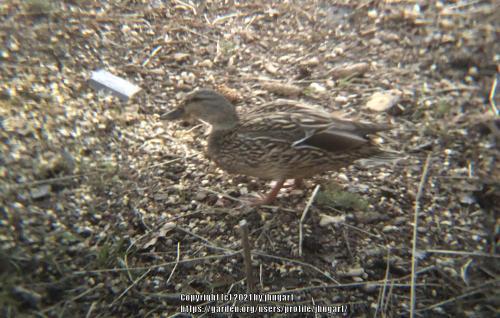
The snow in the yard and driveway and such is all gone. It could come back anytime, though. This is what things looked like in February:
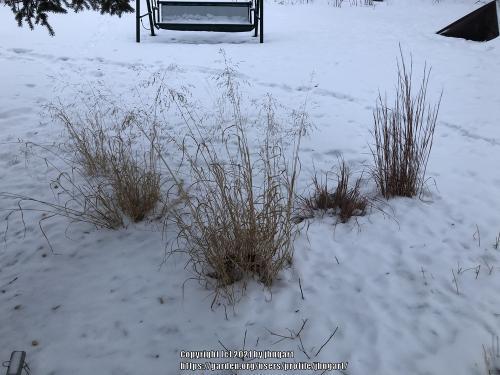
And this is a more recent image (grasses are on the left):
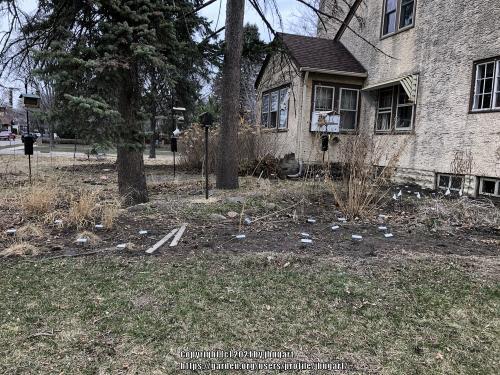
Back to the Book
But I wanted to convey noteworthy things from Month-by-Month Gardening in Minnesota, by Melinda Myers, for the month of March. There's a lot more detail in the book, but I wanted you to see the kinds of things she advises. I think this is a good book any Minnesota gardener should have.
Chapter One: Annuals
With snow-free days, measure you beds so you can calculate how many plants you need to get. You can also plan where new beds should go, and do soil preparation if the soil can be worked.
You can continue to seed annuals indoors, but don't do it outside yet. Pansies started indoors can go into a cold frame this month, but you'll need to vent them on warm days.
Chapter Two: Bulbs, Corms, Rhizomes, and Tubers
Start recording bloom times using a journal, or a camera, or both.
You can start planting bulbs indoors starting in late March. There are tips on growing your own Easter lilies!
Frost-heaving in your yard can change the depth of bulbs and such. Check for this.
Chapter Three: Herbs & Vegetables
Finish your garden plan. Decide on how much soil amendment you will need.
You can plant some indoor seeds in March, to be moved to your outdoor garden later.
Remove debris from your garden and do a general clean-up. Take soil tests. Be careful working the soil when it is too wet, the clods will stay all year. If you squeeze some in your hand, it should break apart if it is the right moisture content.
For a vegetable garden, you can cover with plastic to help warm the soil and cause weeds to sprout. Cultivate the weeds into the soil (don't do this by deep hoeing), and you have prepared for planting.
Chapter Four: Lawns
This is a good month to get your lawn mower ready for summer. It is still too early to plant grass seed.
You can use a leaf rake to fluff the grass to avoid snow mold. Don't rake frozen or wet grass, though.
Chapter Five: Perennials & Ornamental Grasses
Finish your plans and plant list. Beginners will benefit from fewer species, but more of each species.
Soil tests are the thing to do this time of year. New areas should definitely be tested; established areas should be retested every three to five years.
Chapter Six: Roses
Place your rose order. Keep winter shelters in place in outside roses. The cones and such can be removed after a week of above-freezing temperatures, but keep them handy in case of a drop in temperatures (she says in many of these sections that northern Minnesota may still be blanketed by snow, while the southern half can alternate between warm sun and blizzards).
Don't prune outdoor roses until the weather warms up.
Chapter Seven: Shrubs
Check with nurseries that carry unusual plants that interest you. Complete your landscape plan.
This is a great time to transplant shrubs. It may be easier to replace overgrown shrubs, rather than move them.
You can start the repair work for salt-laden soils.
Remove and destroy Eastern Tent Caterpillar eggs on flowering plums and cherries. Prune out gold-colored branches on dogwood.
Chapter Eight: Trees
This is a good time to transplant trees.
Prune or remove damaged branches. Complete pruning before trees leaf out. This is the last time to prune oaks.
Check the soil moisture before watering. If it has been a dry time, or not much snow, you may need to add some.
Chapter Nine: Vines & Groundcovers
Remove winter-damaged leaves and stems. Complete your planning and figure out how many plants you need to order for new plantings. Edge your planting beds with a sharp spade. Start pruning vines and groundcovers.
Post a new thread about this blog entry: